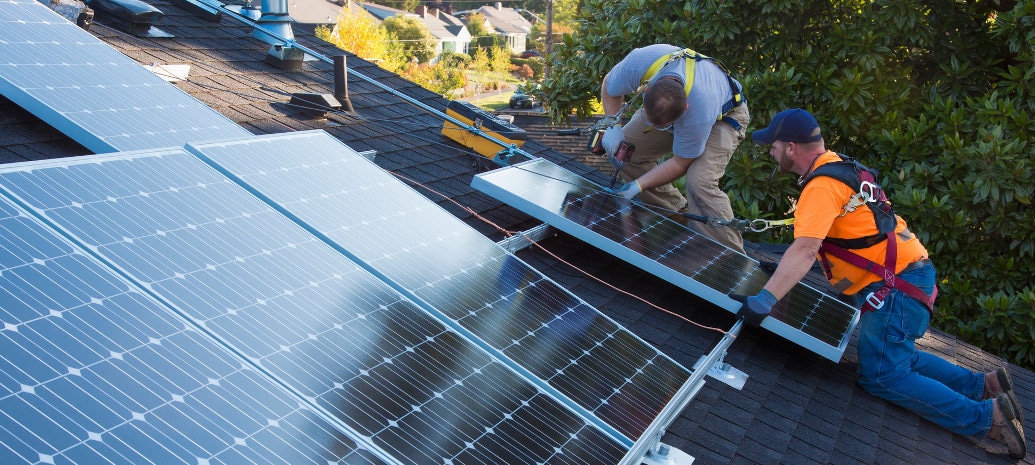If you feel like you’re seeing more and more solar panels in more places across the country, it isn’t just your perception.
According to Wood Mackenzie and Solar Energy Industries Association (SEIA), the United States reached 2 million cumulative solar installations in February of this year, only three years after reaching one million installations in February 2016.
That actually took longer than the two years that Wood Mackenzie (then GTM Research) predicted, which is a strange detail given that in almost all cases market analysts have under-estimated the remarkable growth of solar.
To explain why, one must first understand that this figure represents the number of individual arrays—not the number of solar panels or watts installed. And while arrays on the roofs of homes comprise a minority of installed capacity, they do make up the large majority of individual projects.
Trouble in the U.S. residential sector
After a decade or more of uninterrupted, steady growth, the U.S. residential solar market collapsed in the first quarter of 2017, and has yet to return to the levels it reached in late 2016.

There are many reasons for this. Wood Mackenzie and SEIA cite the changes at SolarCity following its acquisition by Tesla, which abandoned door-to-door sales in favor of selling solar through Tesla stores and now online. The result has been a collapse in solar installations and Tesla’s market share.
However, in the mess that followed a botched acquisition by SunEdison, Vivint Solar also pulled back its sales efforts with a resulting collapse in installations, meaning that Sunrun was the only one of the three biggest U.S. residential solar companies not to pull back from the market.
This came at the same time as California transitioned to its Net Metering 2.0 policy, which not only weakened the economics of residential solar but made selling solar in the nation’s largest market much more complicated.
The best is yet to come
Despite these difficulties, however, the cost of residential solar continues to fall, and Tesla in particular has managed to slash prices through selling solar online, which will at a minimum put pressure on other installers to lower their prices.
Additionally, California has mandated that all new single-family or low-rise residential buildings incorporate on-site solar or a contract with a community solar project, which is expected to significantly boost the state’s solar market. Installing solar on new homes also substantially lowers the cost of residential solar, and there is the potential for this policy to spread to other states.
Based on their previous work, we believe that at least some of these factors are baked into Wood Mackenzie’s prediction that the United States will reach 3 million solar installations in 2021, and 4 million in 2023.
“We believe that the 2020s will be the decade that solar becomes the dominant new form of energy generation,” stated SEIA President and CEO Abigail Ross Hopper.
And it won’t just be solar. Due to falling costs for lithium-ion batteries and a switch to time-of-use rates, residential solar companies report that they are selling more solar plus storage systems—with storage becoming a necessity as we hit higher penetrations of solar in key markets.
This content is protected by copyright and may not be reused. If you want to cooperate with us and would like to reuse some of our content, please contact: editors@pv-magazine.com.









By submitting this form you agree to pv magazine using your data for the purposes of publishing your comment.
Your personal data will only be disclosed or otherwise transmitted to third parties for the purposes of spam filtering or if this is necessary for technical maintenance of the website. Any other transfer to third parties will not take place unless this is justified on the basis of applicable data protection regulations or if pv magazine is legally obliged to do so.
You may revoke this consent at any time with effect for the future, in which case your personal data will be deleted immediately. Otherwise, your data will be deleted if pv magazine has processed your request or the purpose of data storage is fulfilled.
Further information on data privacy can be found in our Data Protection Policy.